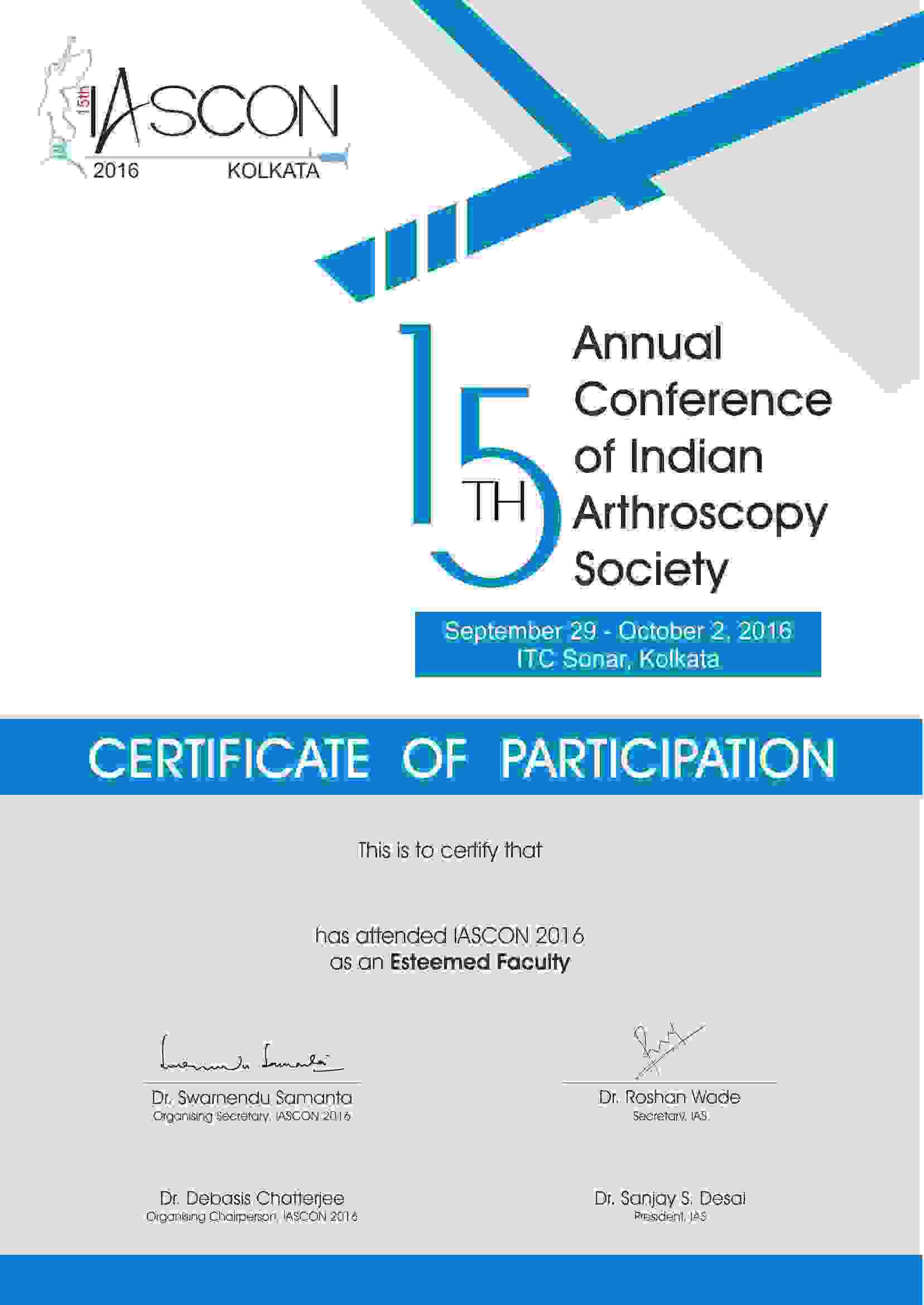The knee joint is the largest joint in the body. The knee joint connects the upper leg with the lower leg and transfers the weight of the body to the lower leg. Sports activities that constantly involve rotational and transverse movements may lead to excessive strain and painful injury to the various knee structures, particularly the cruciate ligaments, cartilage surfaces and menisci. Quite often, it leads to combined ligament and meniscus damage. Quite often, it leads to situations where the earliest possible surgical stabilization is essential.
What is Meniscus?
The menisci are made up of strong, fibrous tissue and are located in the knee joint, between the thigh bone, femur and the shin bone, tibia. Each of our knees has two menisci namely; the medial or inner meniscus and the lateral or outer meniscus. The menisci of the knee are uniquely shaped. The wedge shape of each meniscus helps to maintain rotational stability in the joint.
What are the functions of Meniscus?
- Distribution of your body weight across the knee joint and improve knee joint stability.
- The meniscus acts as a naturally occurring shock absorber present in our knees. During activities such as walking, running and jumping, the menisci help to absorb and disperse the tremendous, compressive forces exerted on the knee so that the bone surfaces are not damaged.
- The menisci prevent friction between the bones and help in the distribution of normal joint fluid into the articular cartilage. Thus, it reduces the stress to the articular cartilage in the joint and helps in preventing or delaying degenerative arthritis.
Signs and Symptoms of a Meniscus Tear
- A painful twist occurring on a slightly flexed knee is a possible indicator of a meniscal tear.
- Clicking, popping, or locking of the knee.
- Pain and tenderness along the knee joint line and a joint swelling.
How is Meniscal tear diagnosed?
The physiotherapist or doctor will use McMurray’s test and other clinical tests in order to confirm a meniscal tear. An MRI scan is done to con?rm the diagnosis. In fact, an MRI scan is the most accurate non-invasive test that could confirm a meniscal tear. The treatment of a meniscal tear is done arthroscopically. In this surgery, the torn portion of the meniscus is completely removed from the joint so that it no longer gets entrapped within the joint surfaces.
Do Meniscal Tears Heal?
The meniscus is, basically, a structure with limited blood supply & it derives its nutrition from blood and synovial fluid within the joint capsule. Your meniscus has two distinct regions namely; the Red Zone and the White Zone, that influence their ability to heal. While the red zone has blood supply, the white zone doesn’t have blood supply and hence wouldn’t heal naturally.
Therefore, most meniscal injuries cannot be repaired. However, if there is a peripheral tear of the meniscus (as seen on the MRI scan), then it is worthwhile to repair, as this specific portion of the meniscus has good blood supply. In case this repair is done, the doctor would recommend a period of rest ranging from 6 weeks to 3 months depending on the severity of the tear.
Treatment Options for a Meniscus Tear
A small meniscal tear will often respond quickly to physiotherapy treatment. The physiotherapy treatment will aim to:
- Lower pain and inflammation.
- Normalize the range of motion in the joint.
- Strengthen your knee.
- Strengthen your lower limb i.e. calves, hip and pelvis muscles.
- Stabilize patello-femoral or knee cap alignment.
- Improve your proprioception, normalize your muscle lengths and Improve your ability to perform various activities such as walking, running, squatting etc.
- Reduce your chances of re-injury.
Types of surgery recommended
In case a surgery is required, it is usually performed arthroscopically. The underlying principle of meniscus surgery is the preservation of healthy meniscus. As meniscus repair is feasible only in the peripheral region of meniscus that has sufficient blood supply, most meniscus tears are treated with arthroscopic meniscectomy. This involves removing the damaged meniscus tissue.
Arthroscopic meniscus repair is, in fact, an elective procedure that could be scheduled so as to minimize the disruption that could be caused to the lives of patients. You can achieve better results by repairing the meniscus tears within the first two months of injury.
How Long Does Meniscal Healing Take?
A meniscal tear will generally take up to six or eight weeks to heal completely. During this period, avoid activities and exercises that put too much of stress on your meniscus. In certain cases, your physiotherapist might advise you to keep weight off your knee. In such instances, you will have to use crutches for a while.











